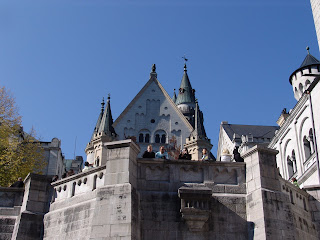
This morning renowned author Joe Pine gave one of the best talks I’ve ever heard at any of the eight IAAPA conferences I’ve attended. His talk on authenticity and how businesses must strive to achieve it was so good, detailed, thorough, yet easy to understand and, hopefully for the audience, apply, it’s difficult to pick out the highlights.
Let’s start with Pine’s basic theory that we’re now in an “experience economy,” which is an advantage for this industry, in one sense, because “the attractions business has always been about experiences.” However, it’s more challenging at the same time because more non-traditional attractions, such as those derived from brands like Coca-Cola and Volkswagen, are springing up all over the place as all companies get in on the experience economy.
“You’re basically now competing against the world for the time, attention, and money of individual consumers,” Pine said. And what types of experiences are those individual consumers thirsting for? Those that are authentic, he said: “People don’t want to buy the fake from the phony. They want the real from the genuine.”
So what does it mean to be authentic? According to Pine, it’s: “Conformance to self image. You reach inside a person and strike a chord and get them to identify with your product.” However, the tricky part comes in the fact that consumers are the ones who decide who’s authentic and who’s not. Businesses that proclaim they’re authentic, well, oftentimes aren’t. And the proof is in the proclamation, Pine said.
Pine gave several “genres of authenticity,” that businesses can strive for. They are:
• Natural—Those that don’t offer anything artificial
• Original—Those that have never been seen before
• Exceptional—Those that are so good at what they do, their business is obviously performed with great care
• Referential—Those that tap into and honor their own history or shared memories
• Influential—Those that call us to a higher purpose, to make a difference in the world
The key to being authentic, then, Pine said, is to truly know what your business is about and then stick to that. Business need to have: understand and honor their heritage; have a sense of purpose; and stick to a consistent set of core values. Then they must communicate those things to the public, though not necessarily through words—again, saying you’re authentic isn’t typically the best way to go, according to Pine.
“Every decision you make, authenticity has to be at the table,” Pine concluded.

























